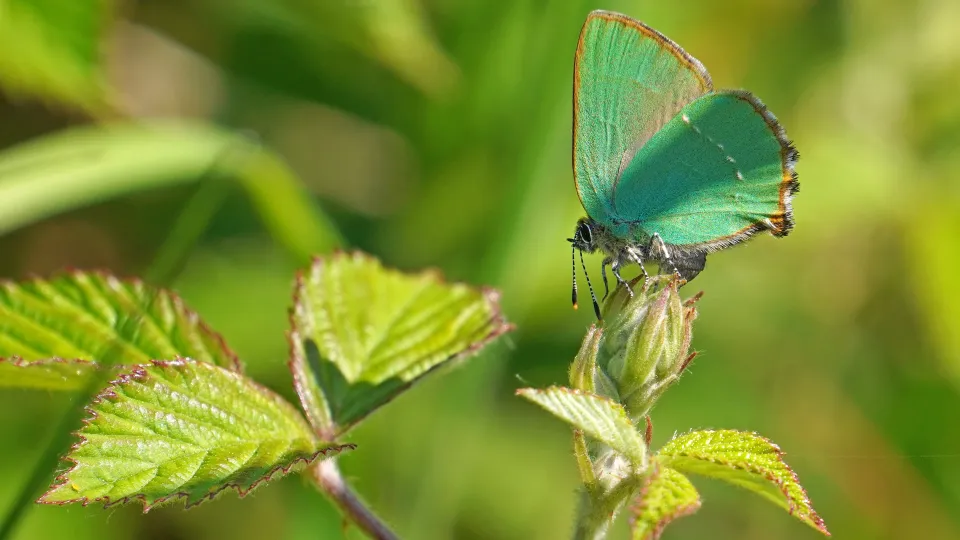
Green hairstreak
The green hairstreak is the UK's only green butterfly. Look out for the vibrant, metallic sheen of the undersides of its wings on grassland and moorland, and along woodland rides.

The green hairstreak is the UK's only green butterfly. Look out for the vibrant, metallic sheen of the undersides of its wings on grassland and moorland, and along woodland rides.
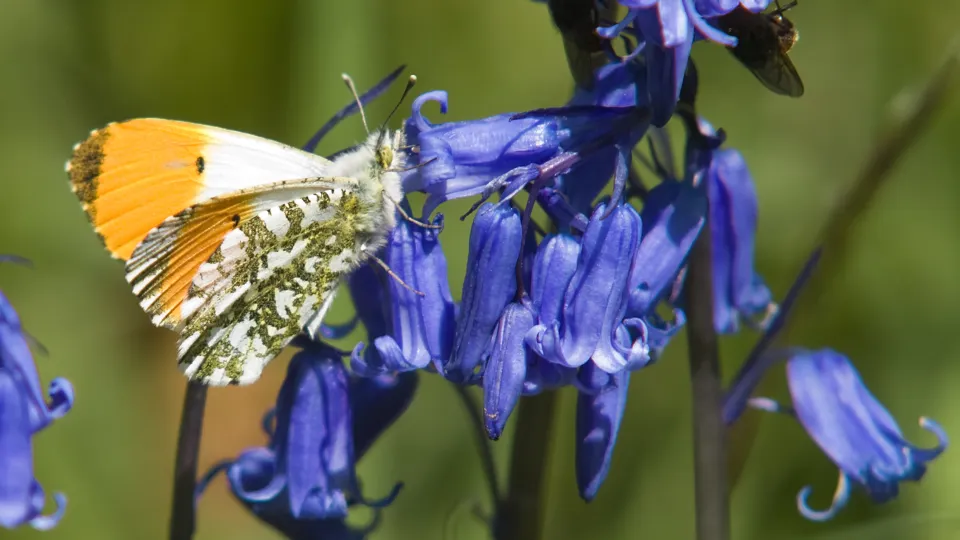
It’s easy to see where these butterflies get their name – the males have bright orange tips on their wings! See them from early spring through to summer in meadows, woodland and hedges.
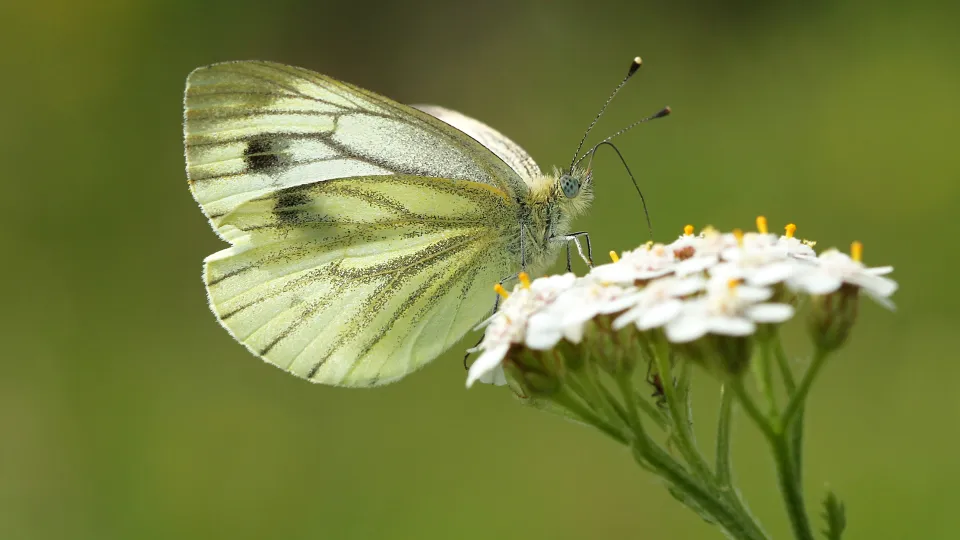
The green-veined white is a common butterfly of hedgerows, woodlands, gardens and parks. It is similar to other white butterflies, but has prominent green stripes on the undersides of its wings.
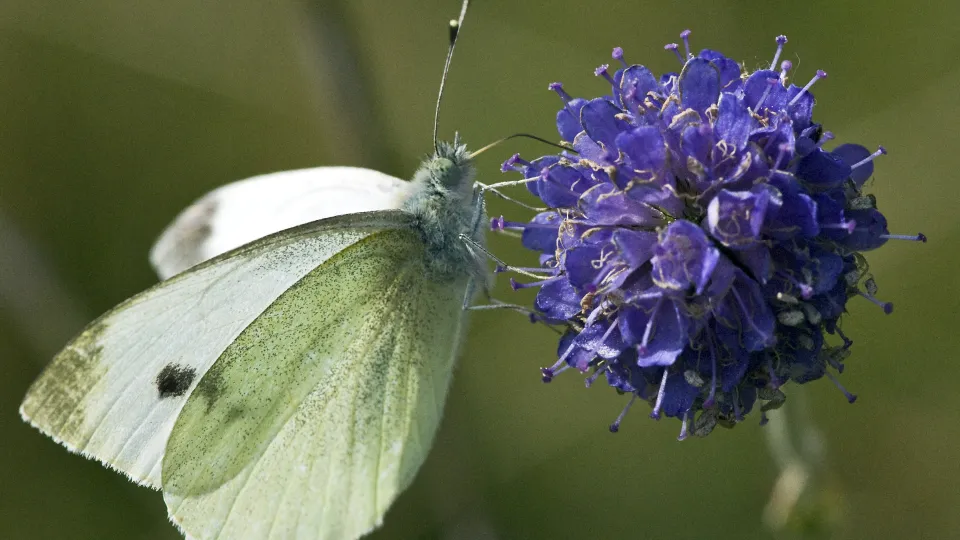
The small white is a common garden visitor. It is smaller than the similar large white, and has less black on its wingtips.
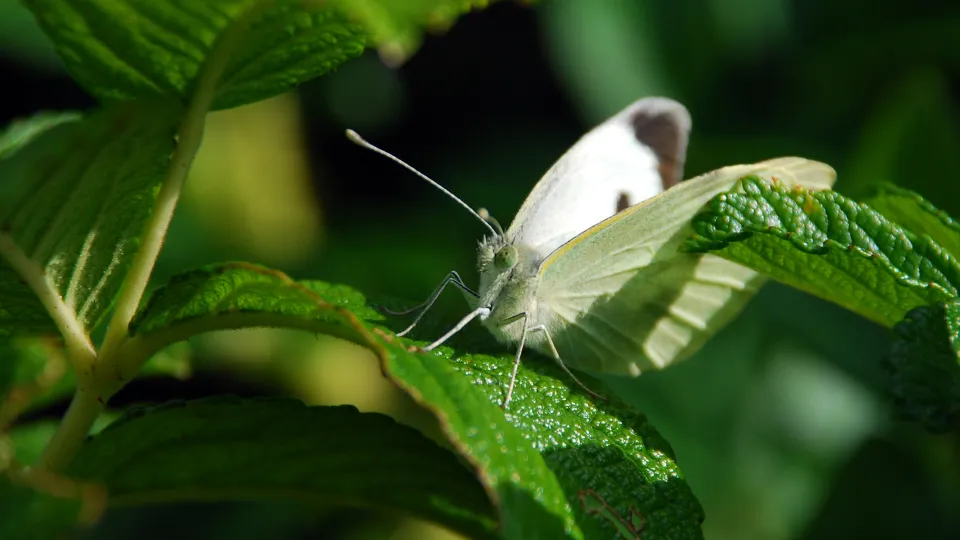
The large white is a common garden visitor - look out for its brilliant white wings, tipped with black.
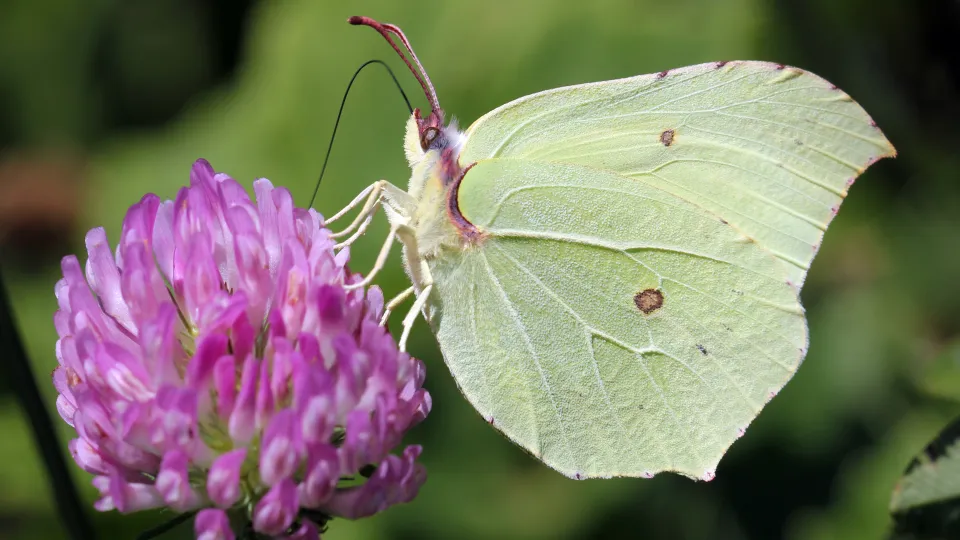
One of the joys of a spring day is watching a fluttering, lemon-yellow brimstone alight on a flower - an early sign that the seasons are changing. It is commonly spotted in gardens, woodland and parks.
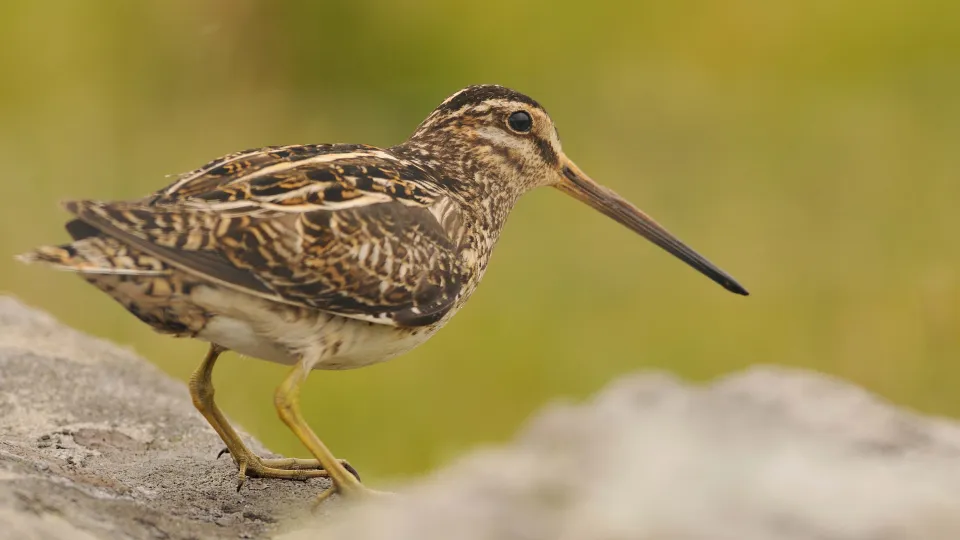
Listen out for the 'drumming' sound of a male snipe as it performs its aerial courtship display. It's not a call, but actually its tail feathers beating in the wind. Snipe live on wet grassland, marshes and moorlands throughout the UK.
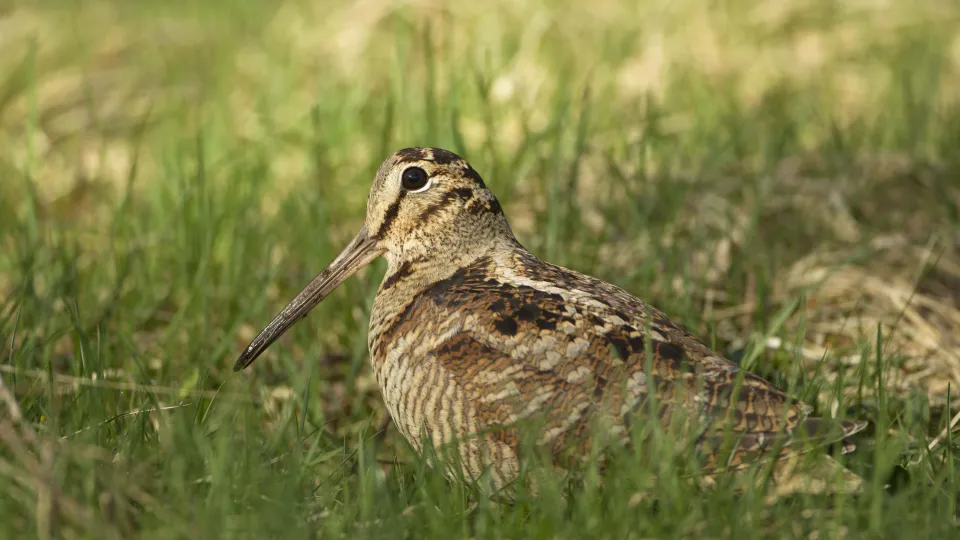
Sometimes known as the snipe of the woods, the exquisitely camouflaged woodcock is mainly nocturnal, hiding in the dense undergrowth of woodlands and heathlands during the day.
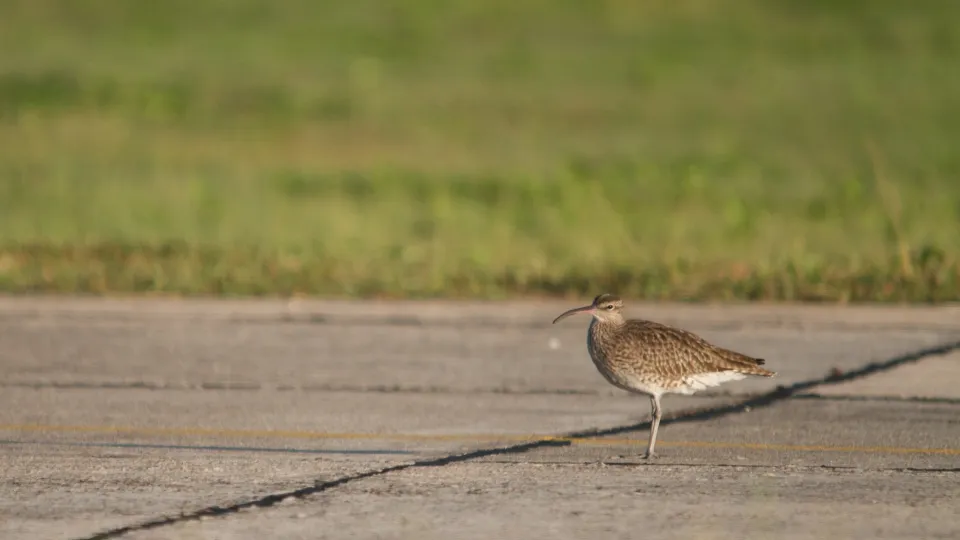
The whimbrel is very similar to the curlew, but a little smaller and with a striking face pattern. Its eerie call is a series of seven whistles; listen out for it around the coast as its passes through on migration.
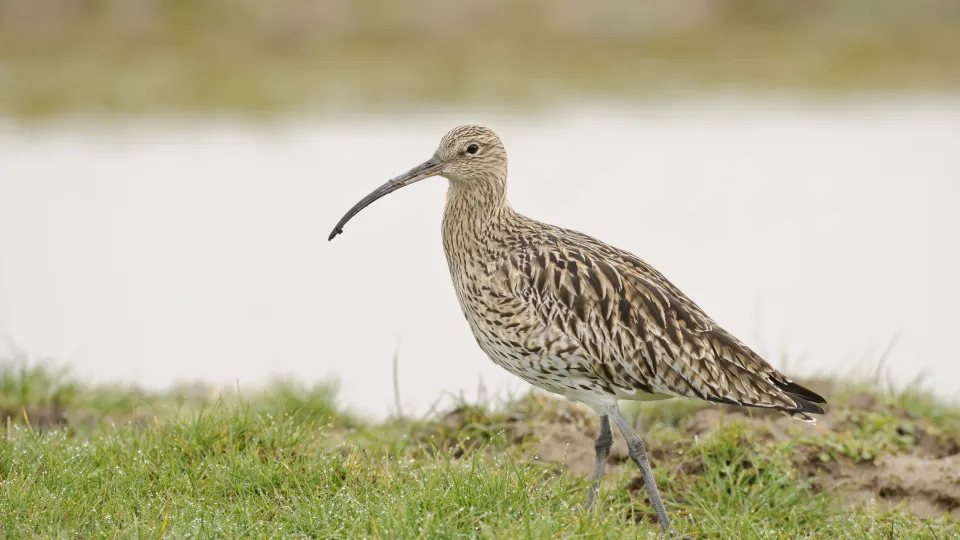
The eerie, 'cur-lee' call of the curlew is a recognisable sound of wet grasslands, moorlands, farmland and coasts. Its long, downcurved bill is an unmistakeable feature and perfect for probing the mud for prey.